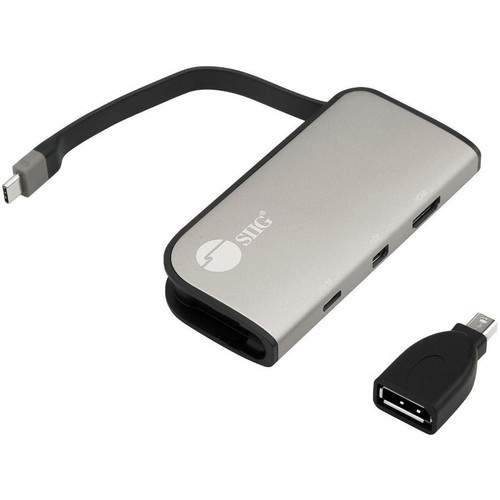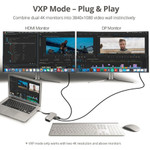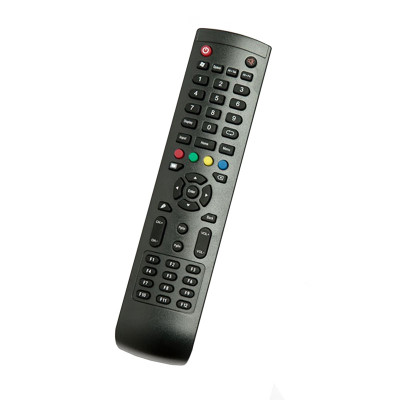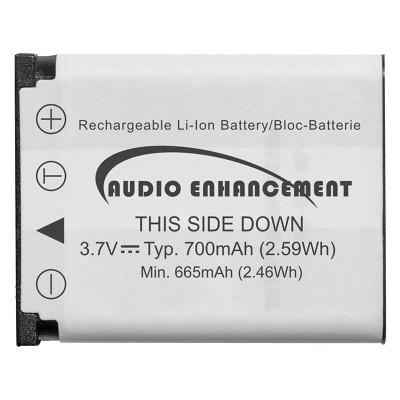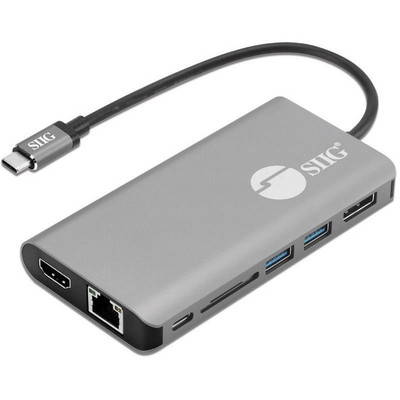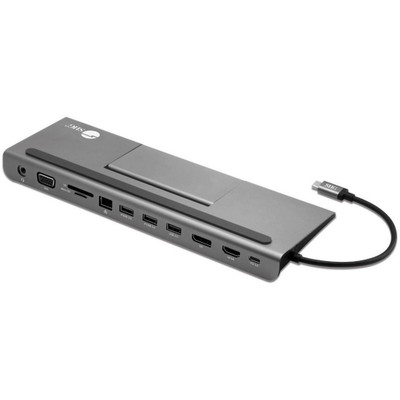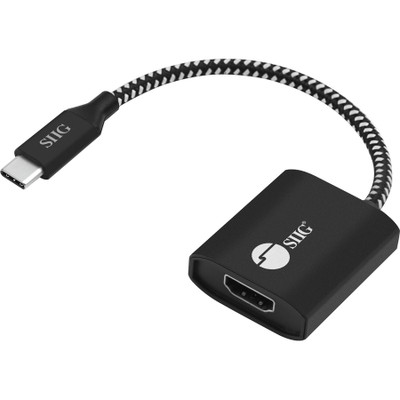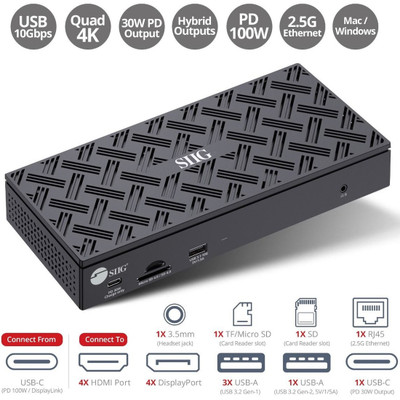Transforms a single USB-C port into a multi-port hub with HDMI, Mini DisplayPort video, and USB-C PD Charging
- Transforms a single USB-C port, with DP Alt mode or Thunderbolt 3 technology, into multiple video ports, with up to two simultaneous video outputs with VXP video wall feature. Note: Requires a USB-C port that supports "DisplayPort Alternate Mode" (DP Alt Mode) or Thunderbolt 3 technology. Not all USB-C ports/systems support DP Alt Mode or Thunderbolt 3 functionality. Requires GPU / graphics card to support at least 3 external displays to use all 2 video ports at the same time with extended mode
- DisplayPort Multi Stream Transport (MST) technology supports single 4K@60Hz Ultra HD video output (DP), dual 4K video outputs (4K@60Hz (DP + 4K@30Hz (HDMI). Note: macOS does not support MST technology and will only mirror the displays
- Supports Windows PCs with no driver installation required
- View Xpanding (VXP Mode) video wall for macOS, supports 3840x1080 resolution, requires dual 4K monitors
- macOS supports splitter (SST) mode only
- Power Delivery (PD) 3.0 specification, provides up to 100W to power/charge Laptops, Notebooks, and other peripheral devices
- Stowable cable and light weight design makes it a perfect accessory to take with you anywhere you go
- Plug-n-Play compatible, no software installation required plus no external power is needed
Notes:
- Mirror mode using Windows Display Utility and NVIDIA Utility is limited to 2 displays
- Video Wall mode (e.g., Panoramic) requires either an AMD Eyefinity, Intel, or NVIDIA Surround technology graphics adapter
- VXP video wall mode requires two 4K displays
- VXP mode will use the EDID of the HDMI display
- Intel CPUs with HD Graphics are limited to 3 external monitors altogether
- macOS currently does not support MST function will only mirror the displays
- The computer and power adapter must support PD 3.0 specification, otherwise the dock will reset when power delivery is disconnected
- Requires a USB-C port that supports "DisplayPort Alternate Mode" (Alt Mode). Not all USB-C ports/systems support Alt Mode functionality
Important information:
Adding additional displays to your system is simple with MST Hubs; however, they are mostly dependent on and tied to your Graphics Card's capability to operate properly. Make sure your system requirements are met before purchasing an MST Hub. Below are some key requirements for our MST Hubs. Please contact us if you're not sure before making your purchase.
1) Make sure your DisplayPort or Mini DisplayPort is DP v1.2 or later. This is the most important criteria. If you're unsure, check with the video card or system manufacturer.
2) macOS does not support MST function and will only mirror the displays.
3) Install the latest drivers for your video card. Go directly to the system/video card manufacturer or chipset owner, such as AMD, Nvidia or Intel, to find the latest driver. Driver update through Device Manager may not retrieve the latest driver available.
4) MST hubs cannot increase the number displays a video card supports. Regardless of the number of display connectors built into your video card, each video card has a limited number of displays it can support. From our experience at the current time, AMD and NVIDIA video cards support up to 4 displays, while Intel supports up to 3. If you're unsure, check with the video card or system manufacturer. Note: AMD RX560 / RX570 / Radeon 7200 Series video cards only support up to 2 displays
- To fulfill your signal requirement this signal splitter is a perfect choice
- Up to 3840 � 2160 video resolution.
- With USB port data can be moved between devices in fragments of a second

